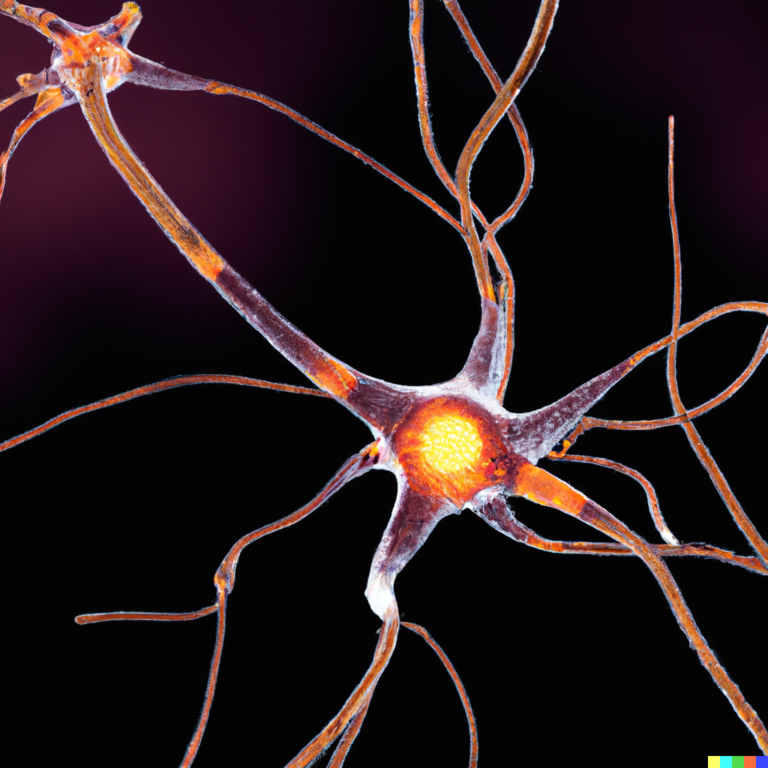Botox and dermal fillers are two popular cosmetic treatments often talked about when it comes to reducing signs of aging, but they work in very different ways and serve distinct purposes.
**What is Botox?**
Botox is a drug made from botulinum toxin, which is produced by bacteria. When injected into specific facial muscles, Botox works by blocking the signals that cause those muscles to contract. This muscle relaxation smooths out wrinkles caused by repeated facial movements like frowning or squinting. Common areas treated with Botox include the forehead, between the eyebrows (frown lines), and around the eyes (crow’s feet). The effects usually take about two weeks to fully appear and last for around four months before another treatment might be needed.
Originally used for medical conditions involving muscle overactivity, Botox has been widely adopted since the 1990s for cosmetic use to reduce dynamic wrinkles—those formed by muscle movement. It can also be used to lift eyebrows or soften lines around the mouth and chin area. After treatment, most people can resume their normal activities immediately but should avoid strenuous exercise for 24 hours. Side effects are generally rare but may include temporary bruising at injection sites.
**What are Dermal Fillers?**
Dermal fillers work differently from Botox because they don’t affect muscles at all. Instead, they add volume beneath the skin where it has been lost due to aging or other factors. Most commonly made from hyaluronic acid—a substance naturally found in our bodies that helps keep skin hydrated and plump—fillers restore fullness in areas like cheeks, lips, under-eye hollows, or nasolabial folds (smile lines).
As we age, fat pads in our face tend to shrink or shift downward causing sagging skin and deeper folds; fillers help lift these areas back up by physically filling them out. Unlike Botox which relaxes muscles temporarily, fillers provide immediate volume replacement that can last anywhere from several months up to a year depending on the type used.
There are various types of dermal fillers based on their composition such as bovine collagen-based products or synthetic materials; however hyaluronic acid-based ones remain most popular due to their safety profile and natural feel.
**How Do They Compare?**
| Feature | Botox | Dermal Fillers |
|———————–|—————————————|—————————————|
| Purpose | Relax muscles & reduce dynamic wrinkles | Add volume & fill static wrinkles/folds |
| Main Ingredient | Botulinum toxin | Hyaluronic acid (mostly) |
| Effect On Muscles | Temporarily paralyzes targeted muscles | No effect on muscles |
| Common Treatment Areas| Forehead lines, frown lines, crow’s feet | Cheeks, lips, under eyes |
| Onset Of Results | About 2 weeks | Immediate |
| Duration | Around 3-4 months | Several months up to a year |
Both treatments can complement each other well: Botox softens expression-related wrinkles while fillers restore youthful contours lost with age.
People considering these treatments should consult qualified professionals who will tailor approaches based on individual needs — whether smoothing fine lines with Botox injections or restoring volume using dermal fillers — ensuring safe procedures with natural-looking results.
The truth about these injectables is that neither stops aging permanently; rather they offer temporary improvements making you look refreshed without surgery when done properly.





